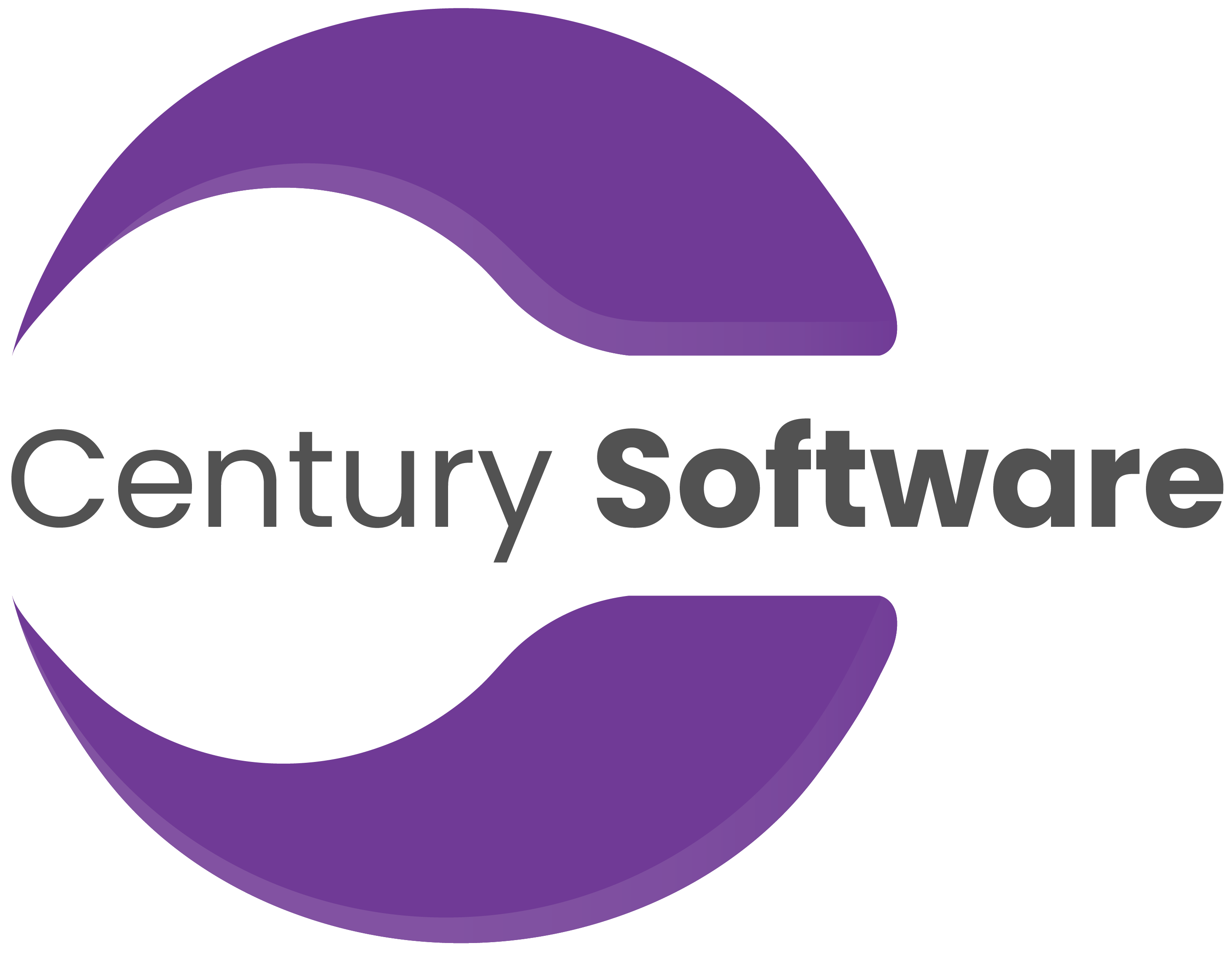How Can Business Intelligence Solutions Bridge the Data Gap in Your Business?
In the age of information, data stands as the backbone of every successful business. Yet, the challenge often lies not in the abundance of data but in transforming it into actionable insights. This is where Business Intelligence software emerge as a transformative force, bridging the data gap and unlocking the true potential hidden within the information amassed by enterprises.
The Data Gap Dilemma
In many businesses, a substantial gap exists between collecting data and deriving meaningful insights from it. The vast volume and diversity of data can be overwhelming, leading to inefficiencies in decision-making and missed opportunities. This gap hinders businesses from utilizing their data to its full advantage.
Enter Business Intelligence Solutions
Uniting Disparate Data Sources
Business Intelligence solutions aggregate and integrate data from various sources within an organization. This includes customer data, sales figures, operational metrics, and more. By consolidating this information into a unified platform, BI solutions create a comprehensive view of the business landscape.
Data Analysis and Visualization
BI tools offer robust analytical capabilities. They process data and convert it into intuitive visualizations, such as graphs, charts, and dashboards. These visual representations simplify complex datasets, making it easier for decision-makers to grasp key insights at a glance.
Real-time Insights
Business Intelligence solutions offer the advantage of real-time analytics. This capability enables businesses to monitor operations, customer behavior, and market trends as they happen, empowering swift and informed decision-making.
Predictive and Prescriptive Analytics
Beyond historical data analysis, BI solutions provide predictive and prescriptive analytics. By leveraging algorithms and machine learning, they forecast future trends, potential outcomes, and offer recommendations, guiding strategic planning and proactive decision-making.
The Impact of BI Solutions on Businesses
Improved Decision-Making
By providing clear and comprehensive insights, BI solutions empower businesses to make data-driven decisions. These decisions are grounded in real-time and historical data, leading to more accurate, strategic, and timely actions.
Enhanced Operational Efficiency
BI solutions optimize business operations by identifying bottlenecks, streamlining processes, and improving resource allocation. This leads to cost savings, increased efficiency, and better utilization of resources.
Competitive Edge
Utilizing BI solutions gives businesses a competitive edge. By uncovering market trends, customer preferences, and potential risks, companies can stay ahead of the curve, adapting quickly to changing market conditions.
Implementing Business Intelligence Solutions
Define Objectives and KPIs
Establish clear objectives and key performance indicators (KPIs) that align with business goals. These will serve as a compass, guiding the use and implementation of BI solutions.
Choose the Right BI Tool
Select a Business Intelligence tool that fits the specific needs and scale of the business. Consider factors such as user-friendliness, scalability, integration capabilities, and the depth of analytics offered.
Train and Engage Employees
Invest in training and engaging employees in using BI solutions. Ensuring that teams understand how to utilize the tools effectively is essential for maximizing the benefits of these solutions.
Leveraging Business Intelligence for Growth
Customer Insights and Personalization
Business Intelligence tools enable a deeper understanding of customer behavior, preferences, and trends. This insight facilitates personalized marketing strategies, product customization, and improved customer service, fostering stronger relationships and brand loyalty.
Risk Mitigation and Forecasting
BI solutions aid in risk identification and management by analyzing historical and real-time data. They forecast potential risks, allowing businesses to proactively address issues, mitigate vulnerabilities, and adapt strategies to changing market conditions.
Implementation Strategies for Business Intelligence Solutions
Data Integration and Quality
A crucial step in implementing BI solutions is ensuring data quality and integration. Cleaning and integrating data from various sources is vital to guarantee the accuracy and reliability of insights derived from the BI tool.
Scalability and Flexibility
Selecting a BI solution that aligns with the company’s growth and can adapt to increasing data volumes is essential. The tool should be scalable and flexible to accommodate future business needs.
Collaboration and Data Literacy
Encouraging collaboration among teams and fostering data literacy is key. By promoting a culture where data is understood and shared across departments, businesses can maximize the utility of BI solutions.
Business Intelligence in Various Industries
Retail and E-commerce
BI solutions in the retail sector optimize inventory management, sales forecasting, and customer insights, aiding in product demand forecasting and personalized marketing strategies.
Healthcare
In healthcare, BI tools analyze patient data, optimize resource allocation, and enhance operational efficiency. They assist in improving patient outcomes, reducing costs, and streamlining administrative processes.
Finance and Banking
In healthcare, BI tools analyze patient data, optimize resource allocation, and enhance operational efficiency. They assist in improving patient outcomes, reducing costs, and streamlining administrative processes.

The Future of Business Intelligence
Advanced Analytics and AI Integration
The future of BI solutions lies in further integration of advanced analytics and artificial intelligence. This will enable more accurate predictive analytics and automation of insights, providing even deeper and more efficient decision support.
Embedded BI and Real-time Insights
Embedded BI solutions within operational systems will become more prevalent, offering real-time insights seamlessly integrated into day-to-day business processes, enhancing decision-making at every level.
Conclusion
Business Intelligence solutions play a pivotal role in transforming raw data into actionable insights. By bridging the data gap, these solutions empower businesses to make informed decisions, enhance operational efficiency, and gain a competitive edge in the dynamic market landscape. Understanding the potential of BI solutions and effectively implementing them can significantly impact a business’s success and growth in today’s data-driven world.

